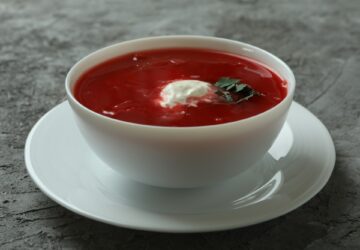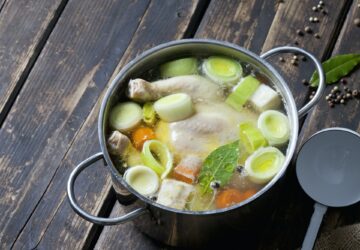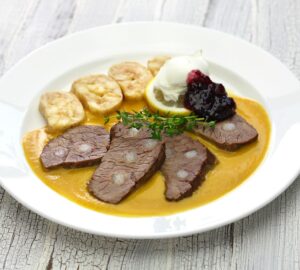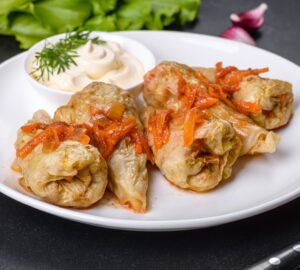Canadian food culture is as diverse and expansive as the country itself. With influences from its Indigenous peoples, early settlers, and waves of immigrants, Canadian cuisine is a rich tapestry of flavors, ingredients, and culinary traditions. In this overview, we’ll delve into some key aspects of Canadian food culture in 300 words or more.
First and foremost, Canadian food is heavily influenced by the country’s Indigenous heritage. Indigenous peoples have lived in the region for thousands of years, and their culinary traditions are rooted in locally available ingredients, such as wild game, fish, berries, and plants. Traditional Indigenous dishes include bannock, a type of flatbread; pemmican, a mixture of dried meat, fat, and berries; and various fish and game preparations, often smoked or dried.
Another significant influence on Canadian cuisine comes from the French and British settlers who arrived in the 17th and 18th centuries. These culinary traditions brought dishes such as tourtière, a savory meat pie often made with pork, beef, or game; poutine, a Quebecois dish featuring french fries smothered in cheese curds and gravy; and fish and chips, a British staple adopted by many coastal Canadian communities.
The cultural mosaic of Canada has only grown more diverse over time, with immigrants from around the world bringing their own culinary traditions and ingredients to the country. This has led to a wide array of dishes and flavors, such as Chinese-Canadian cuisine, which often features adaptations of traditional Chinese recipes like ginger beef, and butter chicken, an Indian-Canadian fusion dish popular in many urban centers.
Canadian food also highlights the country’s vast array of regional specialties. Atlantic Canada is known for its fresh seafood, such as lobster, scallops, and mussels, as well as Acadian dishes like rappie pie, a grated potato and meat casserole. In the prairie provinces, you’ll find an abundance of farm-fresh produce, grains, and livestock, with dishes like perogies and kielbasa reflecting the region’s Ukrainian and Polish heritage. The west coast, with its Pacific Rim influences, showcases a wealth of fresh seafood, sushi, and fusion cuisine.
Some quintessentially Canadian ingredients include maple syrup, which is harvested from the sap of the sugar maple tree, and wild blueberries, which grow abundantly in many parts of the country. Both are commonly used in sweet treats like pancakes, tarts, and pies, as well as in savory dishes and sauces.
In recent years, Canada’s food scene has continued to evolve and innovate, with a focus on local, sustainable, and farm-to-table dining. Chefs across the country are embracing their regional ingredients and culinary heritage, while also incorporating global flavors and techniques.
In summary, Canadian food is a celebration of the country’s diverse cultural heritage, regional specialties, and abundant natural resources. From traditional Indigenous recipes to modern fusion cuisine, Canada’s culinary landscape offers a unique and delicious journey through the country’s history and flavors.








